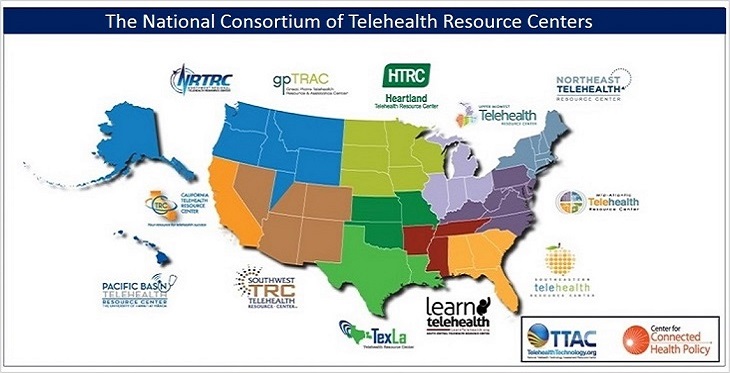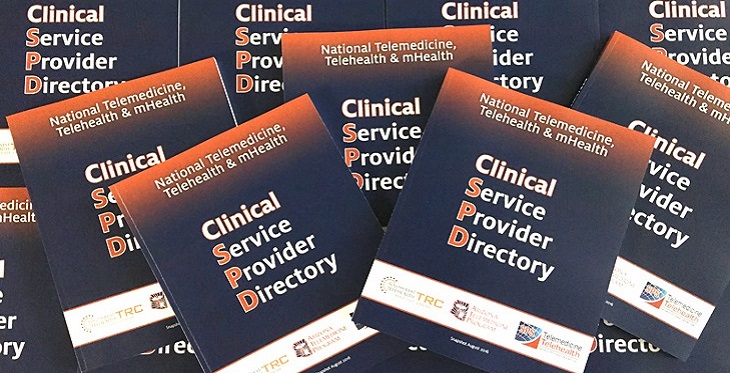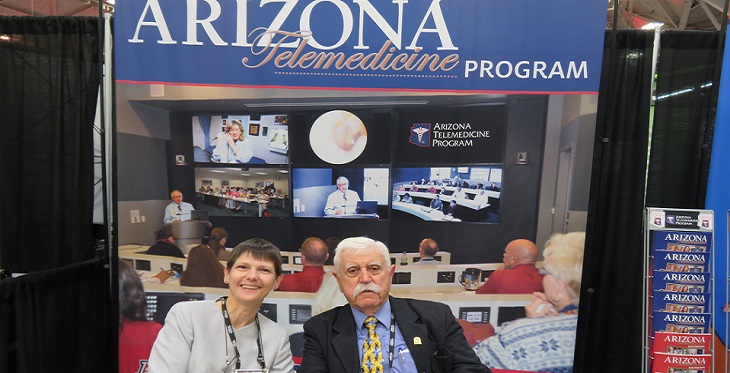Telemedicine & Informed Consent: How Informed Are You?

It used to be (back in the old days) that “doing” telemedicine (TM) was so new and foreign to everyone that it was considered research, and thus required—at most institutions—human subjects or Internal Review Board (IRB) approval. Patients had to be consented into a study prior to engaging in any sort of telemedicine encounter.
Thankfully, for the most part, those days are gone. While some institutions may still require IRB consent, that number has decreased significantly. Of course, if you are conducting a scientific experiment using a new telemedicine device or some new procedure, that study will have to go through the usual IRB approvals and involved patients will need to be consented.









